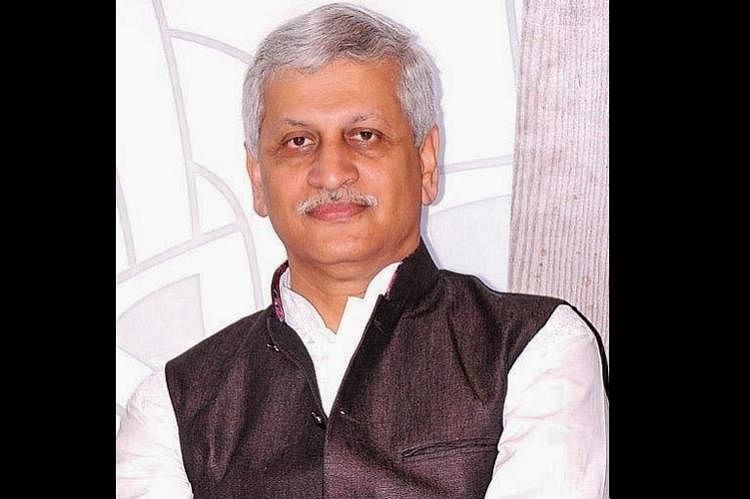In a 1994 case, U.U. Lalit had represented Kalyan Singh in a contempt matter in which the top court had sentenced the then UP CM for a day.
New Delhi: The Supreme Court Thursday deferred hearing of the Babri Masjid-Ram Janmabhoomi title dispute case after it was pointed out that Justice U.U. Lalit, one of the judges on the five-member bench appointed by Chief Justice of India Ranjan Gogoi to hear the matter, had appeared for former Uttar Pradesh chief minister Kalyan Singh in a case pertaining to this matter.
Senior advocate Rajeev Dhavan pointed out that Lalit had represented Singh in a contempt matter that was settled in 1994.
The apex court will now assemble on 29 January, with a new bench that will decide the schedule of the hearing in this case.
ThePrint looks back at the contempt case that led Justice Lalit to recuse himself.
Also read: Justice Lalit recuses himself from Ayodhya case hearing, new bench to be set up before 29 January
The Kalyan Singh case
Dhavan, who represents a petitioner from the Muslim faction — M. Siddique being the lead petitioner — brought up a 1992 complaint filed by Mohammed Aslam, alias Bhure, who filed several petitions before and after the demolition of Babri Masjid.
In his complaint, Bhure had suggested that Kalyan Singh – then UP CM — had wilfully disobeyed the Supreme Court’s orders. Bhure said Singh had flagrantly breached the undertaking he had given in his personal capacity and on behalf of the state as its chief minister.
In an undertaking to the National Integration Council (NIC) in November 1991, Singh had stated he would make all efforts to find an amicable solution to the Ayodhya issue; that he would protect the Ram Janmabhoomi-Babri Masjid structures pending final resolution of the matter; that he would implement the orders pertaining to the land acquisition proceedings, and that the judgment of the Allahabad High Court in the cases before it would not be violated.
Bhure alleged that Singh had allowed large-scale construction on the disputed land despite a court order directing its status quo. He added that Singh, “in view of his ideological and political affinity with the Bharatiya Janata Party (BJP) and the Vishwa Hindu Parishad (VHP) and their commitment to the building of Sri Ram Temple, deliberately encouraged and permitted the gross violation”.
Lalit — then an advocate — was part of the team that had represented Singh. Bhure was represented by advocates O.P Sharma (since deceased) and M.M Kashyap.
The 1994 verdict
On 24 October 1994, the apex court bench comprising Chief Justice M.N. Venkatachaliah and Justice G.N. Ray held Singh in contempt. The top court further found that he had flagrantly breached the undertaking given and wilfully disobeyed court orders. The court sentenced Singh to a token imprisonment for one day and fined him Rs 20,000.
